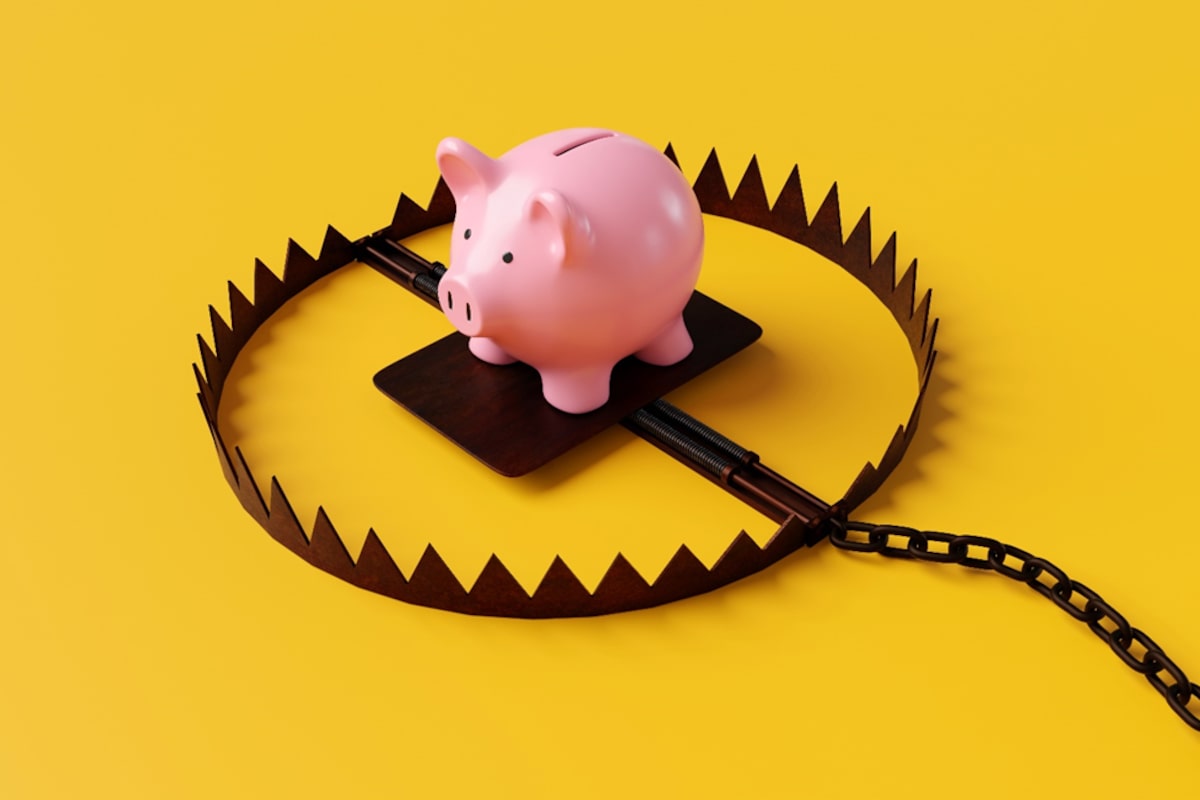The decumulation years come with unique risks. Overconfidence, bad assumptions and lack of planning can all cost you.GETTY IMAGES
Do-it-yourselfers may not face a jungle of poisonous snakes and other venomous predators on their journey through retirement, but many will need to navigate pitfalls that can be toxic to their money. Retirees can face multiple risks during their decumulation years, when they’re unwinding the assets they’ve accumulated while working in order to create their new paycheque. Here are four common wealth traps to avoid.
1. Tripping on your own confidence
Many DIY investors don’t change their approach in retirement, remaining 100 per cent invested in equities. Some even go for significant margin account leverage, borrowing from a brokerage to invest (the securities serve as collateral for the loan). That can boost potential profits – and losses.
An excessive concentration in equities can be risky in retirement, says Russell Sawatsky, certified financial planner in London, Ontario. He works with many DIY investors, and says “overconfidence” is a common trait that can hinder their retirement finances.
To make capital more sustainable, Mr. Sawatsky says decumulation calls for more caution around portfolio construction, meaning more cash, bonds and low-volatility investments. This approach can help generate income for the short-term for expenses, while mitigating equity market downsides.
2. Making erroneous assumptions
Retirees can base financial decisions on a series of assumptions which are often wrong, like future stock market performance of their own lifespan. That can lead to long-term financial troubles, says Tyler Haw, customer engagement and education lead for Questrade in Toronto.
“You can’t predict the market, nor can you predict how long you’re going to live,” he says.
Some investors have told him they believe they’re unlikely to live past age 80, which can lead to making larger withdrawals than necessary “or divesting entirely from growth assets.” Either way, people can risk running out of savings later in retirement.
Canadians are living longer. Faulty assumptions about lifespan can also lead to taking Canada Pension Plan (CPP) too soon, even though waiting as long as possible brings a higher guaranteed benefit.
Budgets are another area where people can be way off on their requirements. “People just don’t track their costs, and when they do they can underestimate them for retirement,” says Jason Evans, certified financial planner in Winnipeg.
He says many retirees also over-estimate where inflation will head. “By assuming inflation is going to be much higher, your retirement numbers will look much worse than they probably are.” Mr. Evans suggests using FP Canada’s planning guideline of 2.1 per cent inflation long-term.
3. Investing with emotion
The gravity of managing investments during retirement can be overwhelming. “There’s a lot to be nervous about, because when you lose your money there’s nothing to replace it,” says John Sacke, a wealth advisor at BMO Nesbitt Burns in Toronto.
He notes three cardinal sins of investing: panic selling, chasing returns (buying based on past performance) and market timing (buying or selling based on predictions of future market movements). Even though these are detrimental to wealth, emotions like greed and fear can prompt some people to act out of impulse.
For instance, people might feel certain that the market is going to crash. That can lead them to selling all their stocks, going to cash and waiting for the market upheaval to pass. Even if they time the market right once and avoid a crash, Mr. Sacke says timing the market a second time to reinvest is improbable. More likely, they’ll buy back into the stock market after the rally, if they buy back in again at all. “It’s skating to where the puck was as opposed to where it will be,” he says.
4. Failing to plan adequately
All of the aforementioned pitfalls can result from a fundamental omission by retiring DIYers: they have no formal financial plan. That leaves them not knowing how much they need in retirement, or if their investments can provide a sufficient source of income, says Mr. Evans.
Crafting a sustainable retirement income plan is essential, adds Mr. Sacke. “Without one, your portfolio likely isn’t going to be where you need it to be, because you have no clear idea where it should actually be in the first place.”

